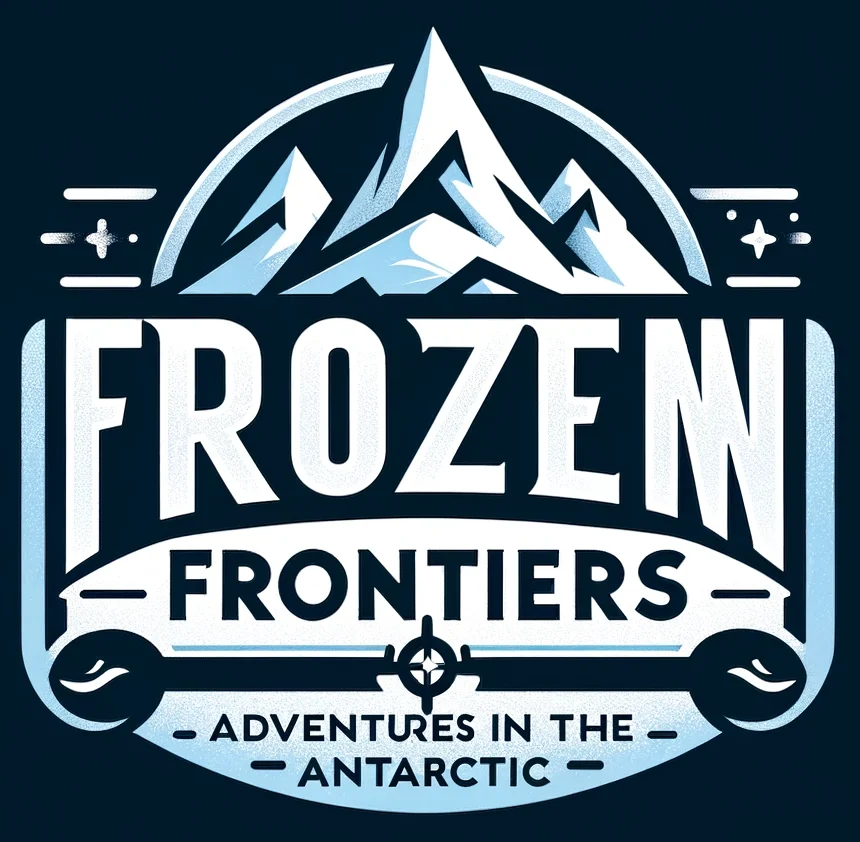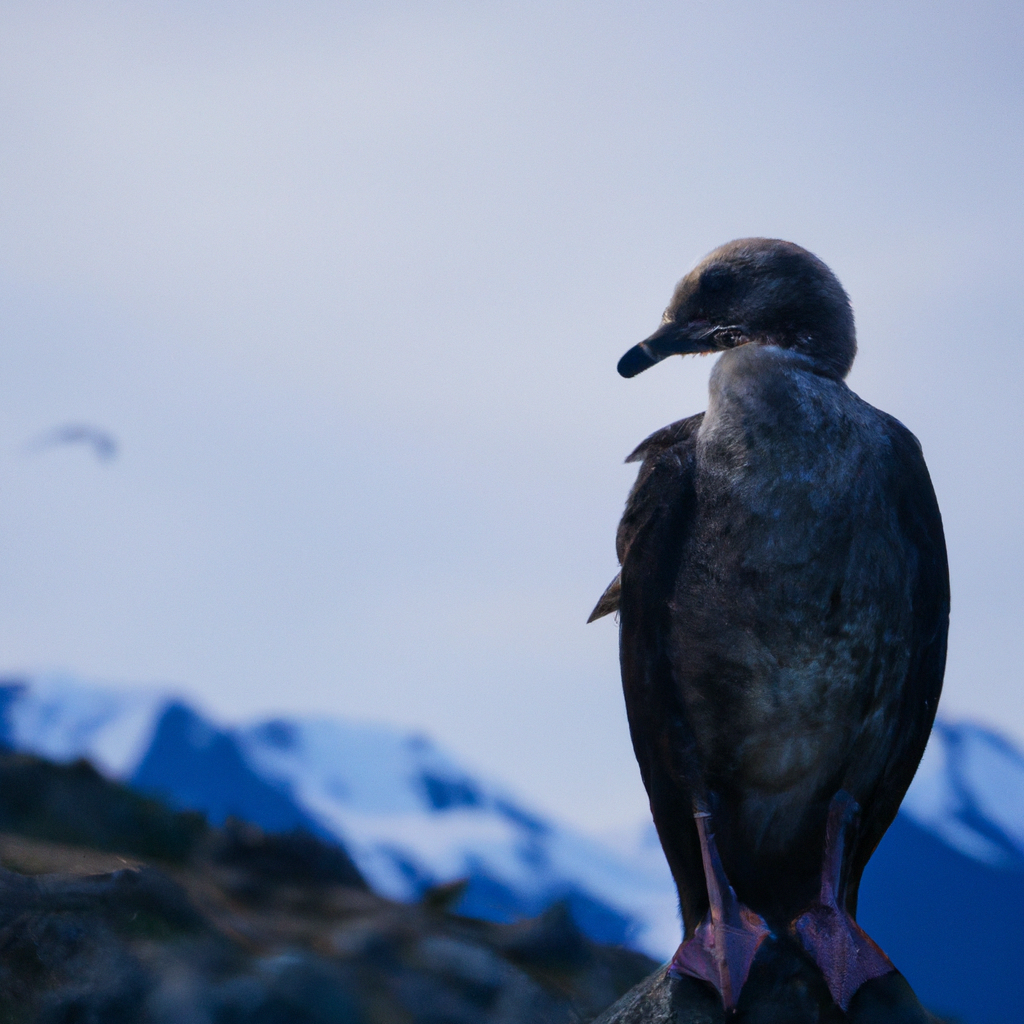Discover the hidden world of Antarctica’s captivating birdlife in this fascinating article.
exploring antarctica’s bird population
Antarctica, the icy continent at the southern end of the Earth, is a haven for a diverse range of bird species. From majestic albatross to adorable penguins, Antarctica’s bird population is a sight to behold. Let’s delve into the fascinating world of these winged creatures that call Antarctica home.
the regal albatross
The Southern Ocean surrounding Antarctica is home to the wandering albatross, known for its impressive wingspan and graceful flight. These magnificent birds spend most of their lives soaring over the open ocean, only returning to land for breeding. Albatrosses are known for their impressive navigation skills, soaring effortlessly over the vast expanse of the Southern Ocean in search of food.
the charming penguins
Antarctica is synonymous with penguins, and for a good reason. Adélie, Chinstrap, Emperor, Gentoo, and Macaroni penguins are just a few of the many species that inhabit the icy shores of Antarctica. These adorable birds waddle on land and are graceful swimmers in the frigid waters. Penguin colonies can be found dotting the Antarctic landscape, with their cheerful calls filling the air.
the elusive skuas
The Antarctic Skua is a formidable predator in the Antarctic region. These birds are known for their scavenging nature, preying on eggs and chicks of other seabirds. Skuas are highly adaptive and intelligent, able to take advantage of any food source they can find in the harsh Antarctic environment. Their mottled brown plumage helps them blend in with the rocky terrain, making them elusive and effective hunters.
the noisy petrels
Antarctica is home to several species of petrels, including the Antarctic Petrel and the Snow Petrel. These seabirds are known for their distinctive calls, filling the air with their noisy chatter. Petrels are skilled flyers, effortlessly gliding over the icy waters in search of food. Their white plumage provides excellent camouflage against the snow-covered landscape.
the majestic seabirds
In addition to albatrosses, skuas, and petrels, Antarctica is also home to a variety of other seabirds, including Sheathbills, Terns, and Shearwaters. These birds play a crucial role in the Antarctic ecosystem, contributing to the delicate balance of life in this extreme environment. Their presence serves as a reminder of the resilience and adaptability of wildlife in the face of harsh conditions.
Exploring Antarctica’s bird population is a truly unforgettable experience. From the regal albatross to the charming penguins, each bird species contributes to the unique tapestry of life in this frozen paradise. Birdwatchers and nature enthusiasts alike will find themselves captivated by the diversity and beauty of Antarctica’s bird population.
unique species found in antarctica
Antarctica is home to a diverse range of bird species, adapted to survive in one of the harshest environments on Earth. From the iconic penguins to seabirds and migratory species, the Antarctic region offers a rich tapestry of avian life. Let’s explore some of the unique birds that call Antarctica home.
Penguins: Masters of the Ice
Penguins are perhaps the most iconic birds of Antarctica. Admired for their distinct black and white plumage, these flightless birds are perfectly suited for life in the icy realm. Species such as the Emperor Penguin, Adélie Penguin, and Chinstrap Penguin can be found waddling along the icy shores or diving into the frigid waters in search of food.
Albatrosses: Kings of the Skies
Albatrosses are majestic seabirds that roam the southern oceans, including the waters around Antarctica. With impressive wingspans and effortless gliding abilities, these birds are true masters of the skies. Species like the Wandering Albatross and the Black-browed Albatross can be spotted soaring over the Antarctic waters, often following ships in search of food opportunities.
Snow Petrels: Spirits of the Ice
Snow Petrels are elegant white birds that embody the pristine beauty of the Antarctic landscape. These graceful flyers with their snowy plumage can be seen gracefully navigating the icy cliffs and glaciers. With a keen eye for spotting prey in the harsh environment, Snow Petrels are well-adapted to the challenges of life in Antarctica.
Antarctic Terns: Agile Hunters
Antarctic Terns are skilled hunters that patrol the Antarctic skies in search of fish and other small marine creatures. Known for their agile flight and sharp diving skills, these seabirds play a vital role in the Antarctic ecosystem. With their distinctive black caps and red bills, Antarctic Terns are a common sight in the region during the breeding season.
Southern Giant Petrels: Scavengers of the Seas
Southern Giant Petrels are robust seabirds known for their scavenging habits. These opportunistic feeders can often be found near seal and penguin colonies, taking advantage of carrion and leftovers. With their impressive size and aggressive demeanor, Southern Giant Petrels are an integral part of the Antarctic food web.
In conclusion, Antarctica’s unique bird species contribute to the vibrant ecosystem of the region, showcasing the adaptability and resilience of wildlife in extreme environments. Whether soaring through the skies or navigating the icy waters, these birds add to the allure and charm of the Antarctic wilderness.
migration patterns of antarctic birds
Antarctica, a pristine wilderness of snow and ice, is not only home to breathtaking landscapes but also to a diverse array of bird species that exhibit remarkable migration patterns. From the majestic albatross to the adorable Adélie penguin, these avian travelers navigate vast distances across the Southern Ocean in search of food and breeding grounds. Let’s delve into the fascinating world of migration patterns of Antarctic birds.
Antarctic Albatross: Masters of Long-Distance Migration
Antarctic albatross, with their impressive wingspan and graceful flight, are true masters of long-distance migration. These seabirds embark on journeys that can span thousands of kilometers, gliding effortlessly over the icy waters of the Southern Ocean. The magnificent wandering albatross, known for its striking white plumage and elegant movements, can travel incredible distances in search of food, often following the circumpolar currents.
Pint-sized Travelers: Adélie Penguins’ Journey
Adélie penguins, the charismatic residents of Antarctica, also undertake remarkable migration journeys. These pint-sized travelers travel long distances to reach their breeding colonies, often braving icy waters and harsh weather conditions. Adélie penguins are known for their efficient travel as they navigate through the sea with agility and determination, showcasing their remarkable endurance and survival skills.
Challenges of Migration in Antarctica
The migration patterns of Antarctic birds are not without challenges. The harsh climate, unpredictable weather conditions, and limited food sources pose significant obstacles for these avian travelers. Additionally, climate change and human activities, such as fishing and pollution, can disrupt migration routes and impact the survival of these birds.
Conservation Efforts to Protect Migratory Birds
To safeguard the unique migration patterns of Antarctic birds, conservation efforts are crucial. Marine protected areas, research initiatives, and monitoring programs play a vital role in preserving the habitats and feeding grounds of these avian species. By raising awareness about the importance of protecting migratory birds and their habitats, we can ensure the continued existence of these incredible creatures in the Antarctic ecosystem.
In conclusion, the migration patterns of Antarctic birds offer a fascinating insight into the resilience and adaptability of these avian travelers in the face of extreme conditions. By understanding and appreciating the challenges they face, we can work towards ensuring their conservation and the preservation of Antarctica’s unique wildlife for generations to come.

